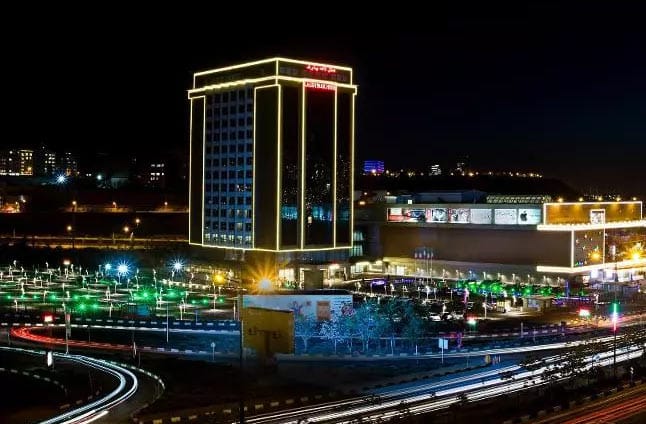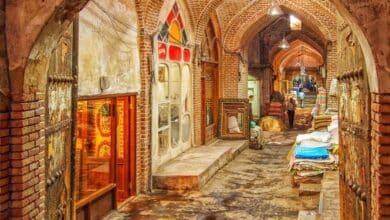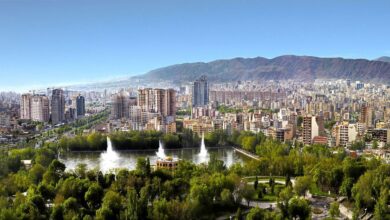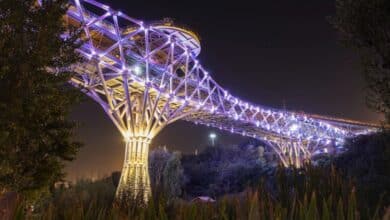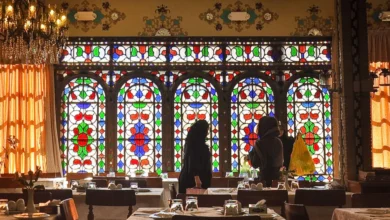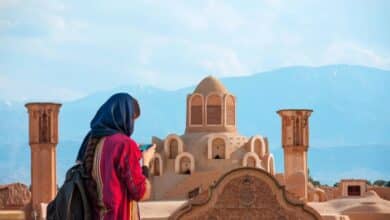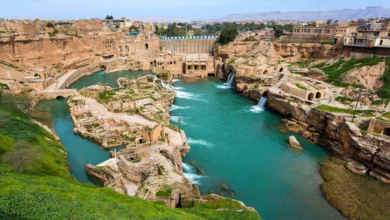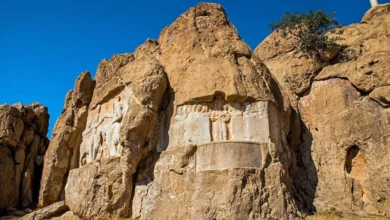Discovering Asiab Kharabeh Waterfall: A Hidden Cascade in Northwest Iran
A scenic escape near Jolfa that blends nature, history, and local culture for curious travelers.
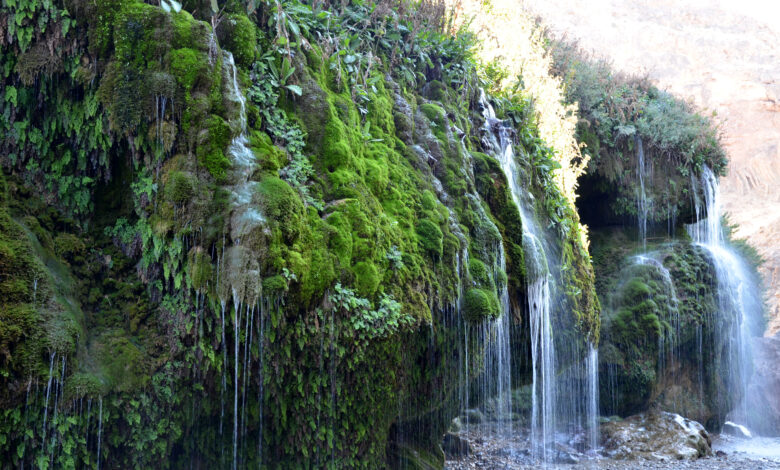
“Where nature whispers history”—that’s how locals describe Asiab Kharabeh Waterfall, one of the lesser-known treasures of East Azerbaijan Province in northwest Iran. This spot is not just a waterfall. It’s the remains of an ancient mill powered by mountain springs, nestled in a canyon along the border with the Republic of Azerbaijan.
Looking for a peaceful yet fascinating destination in Iran? This off-the-beaten-path location near Jolfa deserves a place on your itinerary.
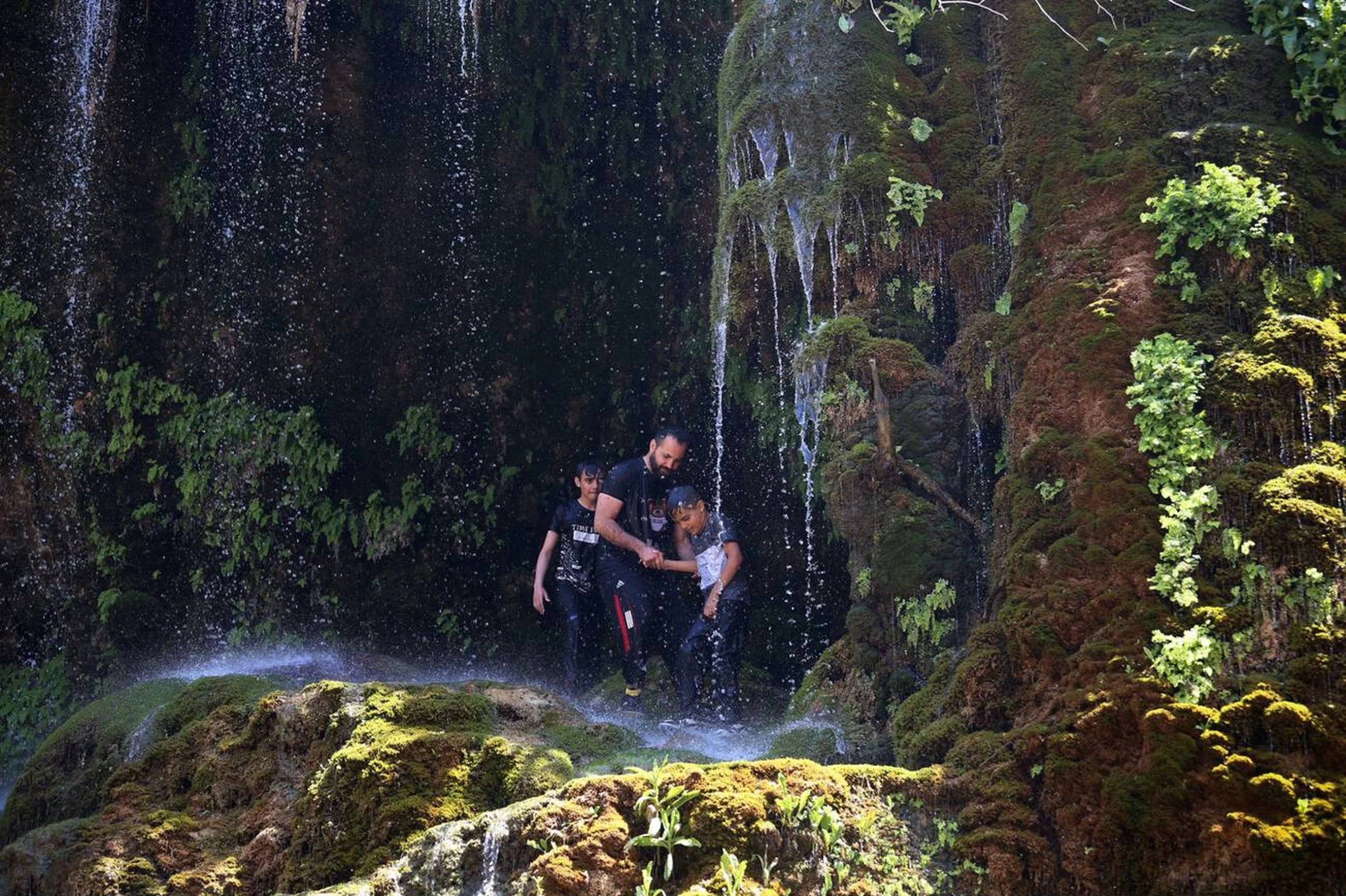
Contents
Where Is Asiab Kharabeh?
You’ll find Asiab Kharabeh—which means “The Ruined Mill Waterfall”—around 30 kilometers east of Jolfa and about 27 kilometers from Hadishahr, also known locally as Alamdar Gargar. The closest village is Manjanabad, just 5 kilometers away, nestled beside the rushing Aras River, a natural border between Iran and Azerbaijan.
To get there:
- Start from Tabriz and follow the road to Marand.
- Head toward Jolfa, then take the route to Hadishahr.
- From the Hadishahr junction, turn right onto a dirt road leading toward the border.
- Eventually, a short trail leads you into a lush canyon where the waterfall lies.
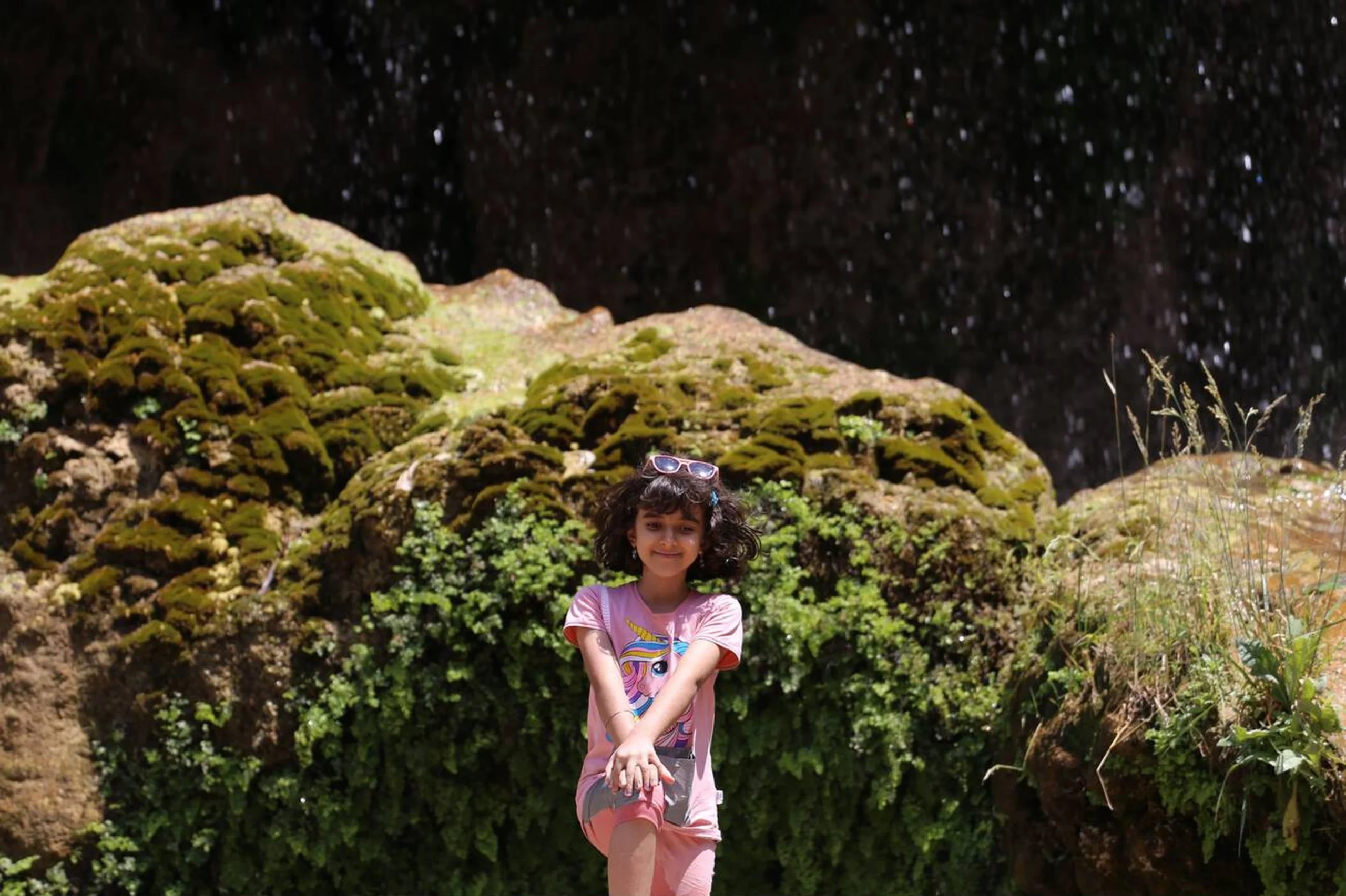
The Waterfall: What Makes It Special?
In Azeri Turkish, locals call it “Kharaba Deyirman”. The waterfall stands about 15 meters tall, with waters that originate from the Kiamaki Mountain springs in the Dizmar region of Marand County.
What’s captivating is the setting. Water trickles down mossy rocks, flows through patches of greenery and small fish habitats, and forms a narrow stream that continues its journey north. To the right side of the canyon, you’ll often hear multiple small cascades—like nature composing its own soundtrack.
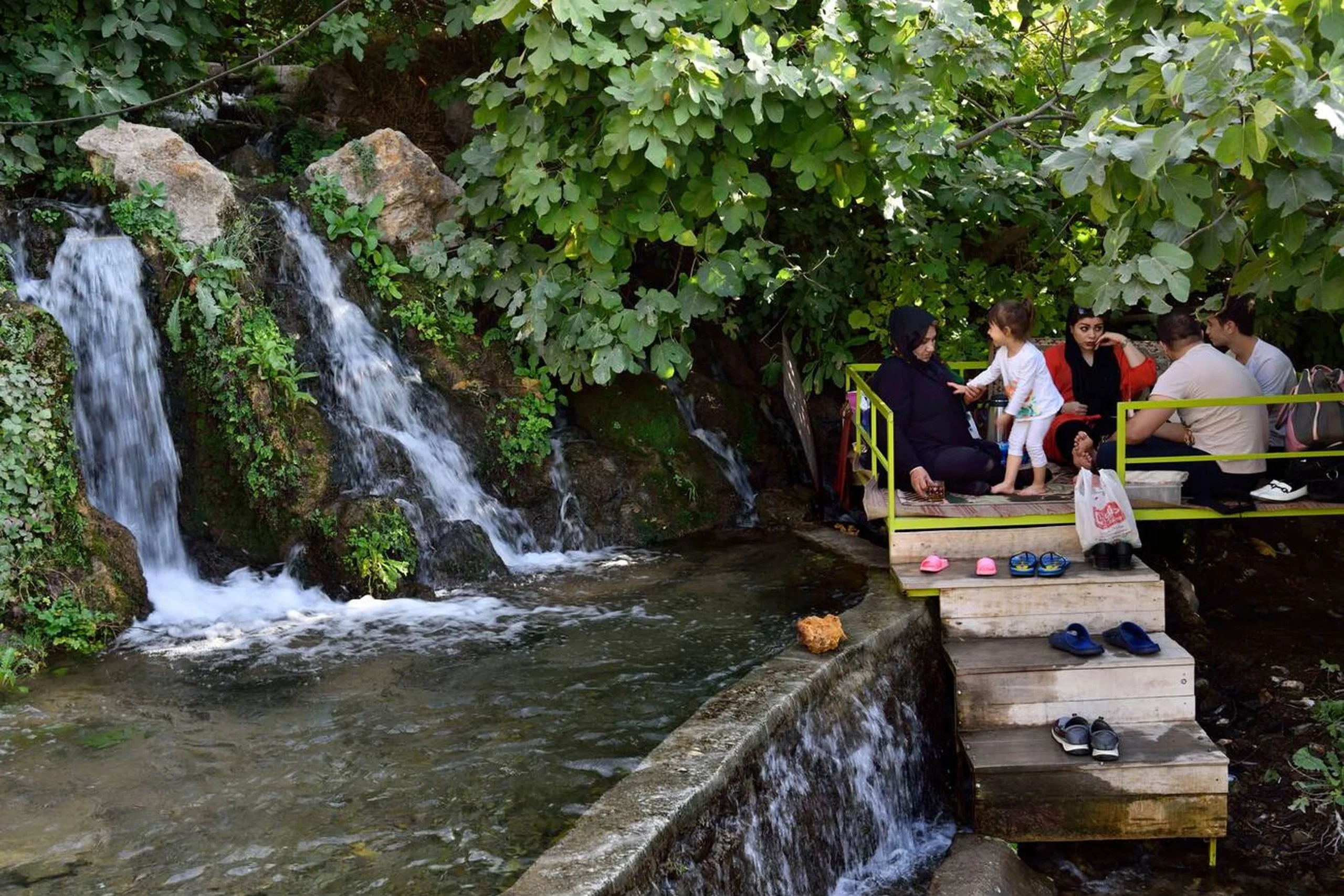
Nature’s Footprint
The surrounding canyon, fed by glacial meltwater and underground springs, is alive with ferns, moss, and local flora. In wetter months, the flow intensifies, offering a dramatic contrast to the dry, mountainous terrain around it.
Tip: Stay alert while exploring. After a particularly cold winter in 2013, a section of the rock wall collapsed due to the heavy weight of ice. Warning signs are posted, but caution is always smart.
When Is the Best Time to Visit?
Spring and summer are ideal. During these seasons, the weather is mild and the canyon is at its most welcoming. You’ll enjoy the cool breeze, the greenery, and easier road access.
While autumn and winter offer their own appeal—with golden foliage and frozen falls—they come with challenges. Temperatures drop significantly, and snow or ice can make the trails slippery. If you’re visiting in the colder months, dress warmly and tread carefully.
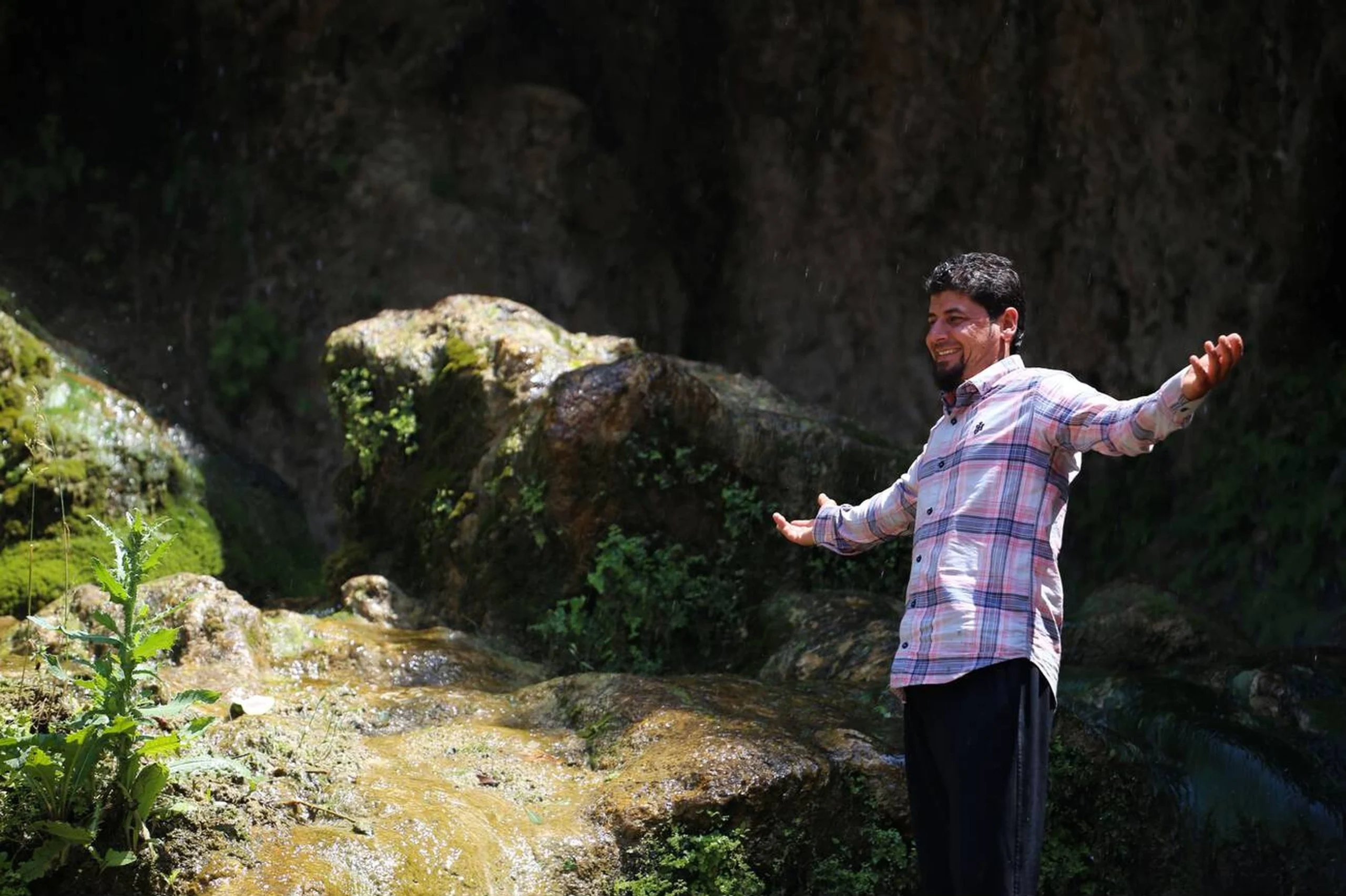
A Look Back in Time: The Old Mill
Near the waterfall, you can still see the remains of a 10-meter-high stone mill, once used by local villagers to grind wheat. Though no longer functional, the structure gives the site its name and adds a historical layer to your visit.
In recent years, restoration efforts have stabilized parts of the area, making it more accessible for visitors.
Facilities and Nearby Attractions
Today, Asiab Kharabeh is more than a remote waterfall—it’s a maintained eco-tourism site offering:
- Restrooms
- Picnic shelters (ālākchīq)
- Parking
- A small market
- Food stalls and a basic restaurant
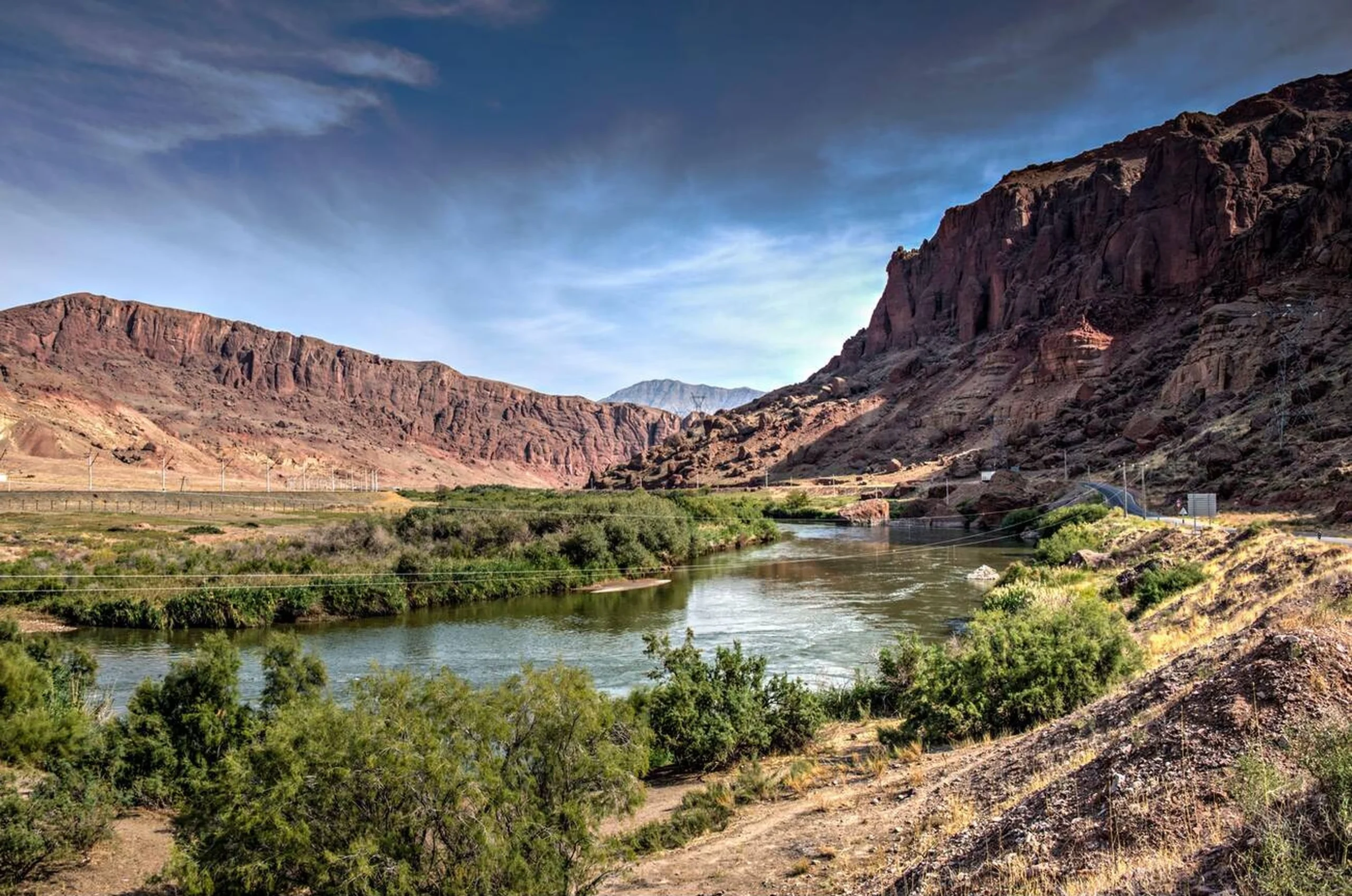
Beyond the waterfall, the region offers more for curious travelers:
- St. Stepanos Monastery: A UNESCO-listed Armenian church dating back to the 9th century, located about 15 km from Jolfa.
- Aras River landscapes: Perfect for scenic walks and photography.
- Border bazaar: Great for souvenirs and cultural immersion.
- Kordasht Village: A picturesque spot with a historic bathhouse and scenic river views.
Tips for First-Time Travelers
- Wear sturdy shoes—you’ll walk over uneven and sometimes slippery surfaces.
- Avoid visiting right after heavy rains due to potential rockfalls.
- Respect nature. Stay on marked paths and don’t damage moss or local plants.
- Bring cash—there are no ATMs nearby.
- Early mornings and weekdays are less crowded.
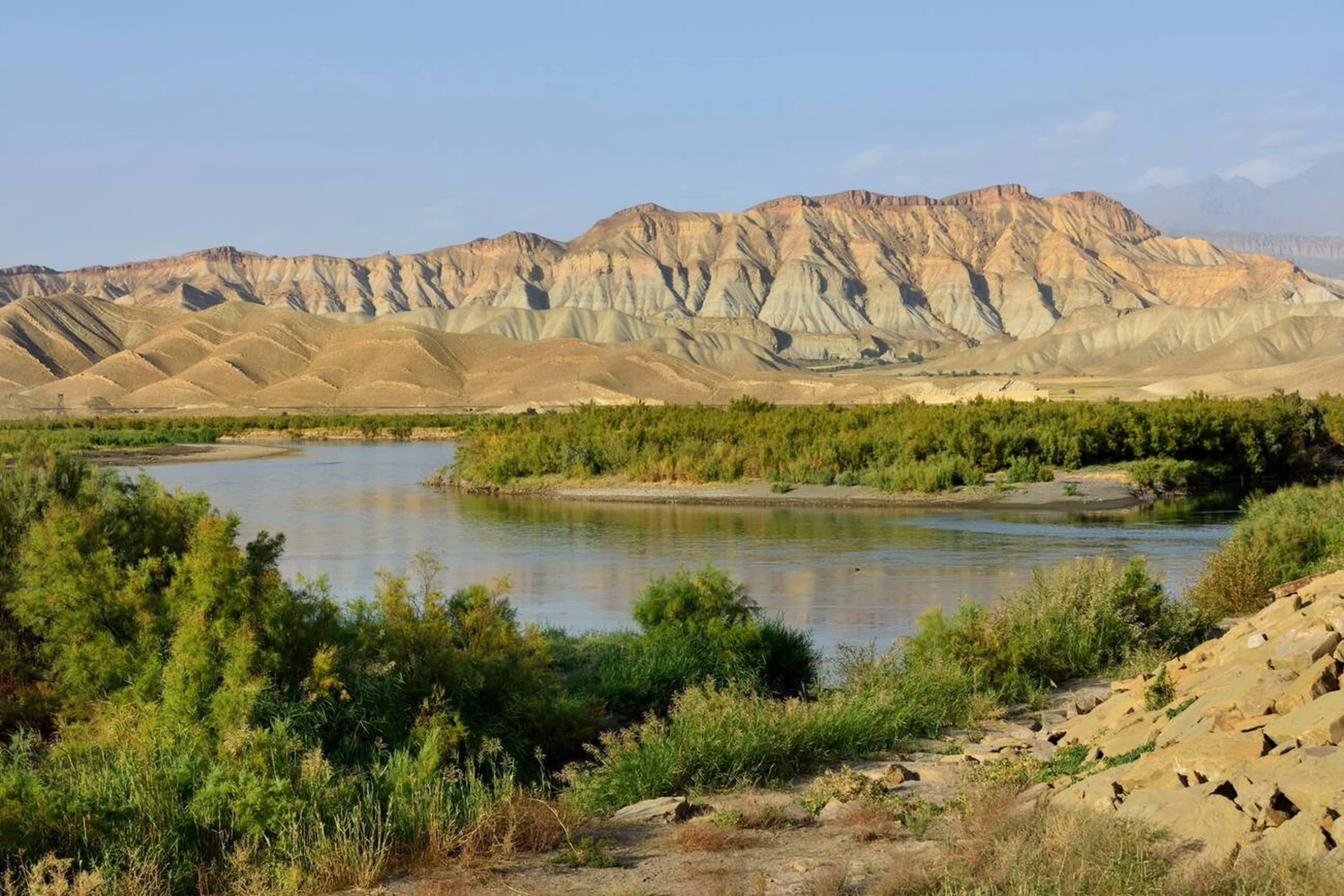
Getting There from Major Cities
- Tabriz to Asiab Kharabeh: Around 106 kilometers.
- Jolfa to Asiab Kharabeh: Roughly 30 kilometers.
- Hadishahr to Asiab Kharabeh: Just 27 kilometers via a dirt road.
- Manjanabad village: 5 kilometers from the waterfall.
Most travelers rent a car or hire a local taxi from Jolfa or Tabriz. No public transport reaches the site directly.
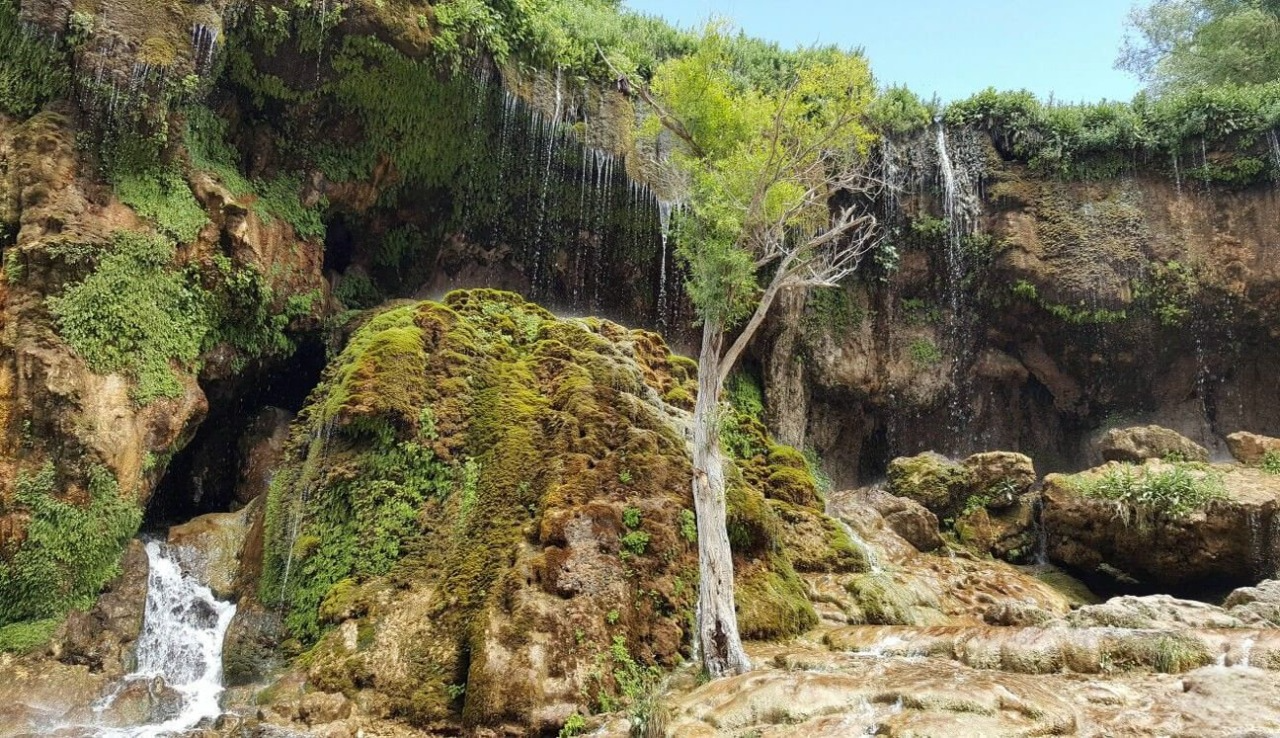
A Glimpse of Iran’s Northwest Heritage
East Azerbaijan offers more than just its capital Tabriz. The province weaves together natural beauty, borderland culture, and history. Places like Asiab Kharabeh are where this connection becomes tangible—through sound, texture, and storytelling.
This waterfall isn’t just a scenic stop. It’s part of a living landscape where generations once gathered, worked, and passed down stories through stone and stream.
If you’re planning your trip to Iran and looking for unique experiences beyond the usual tourist trail, don’t skip this one.
For travel services, visa support, and local accommodations, check out SURFIRAN and OrientTrips.
